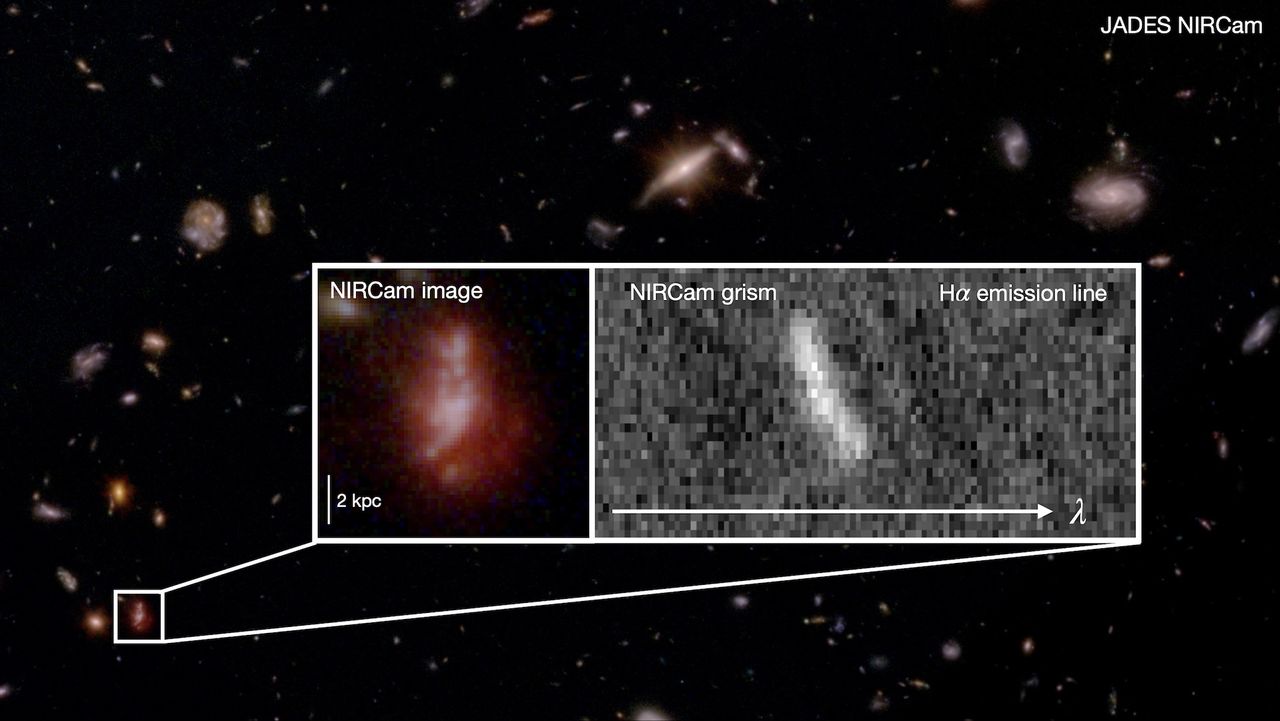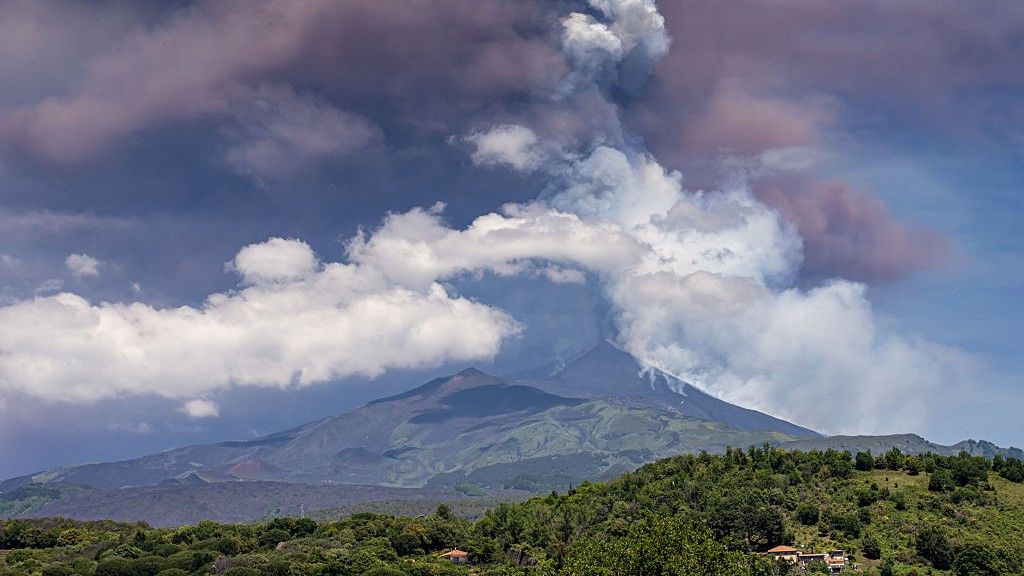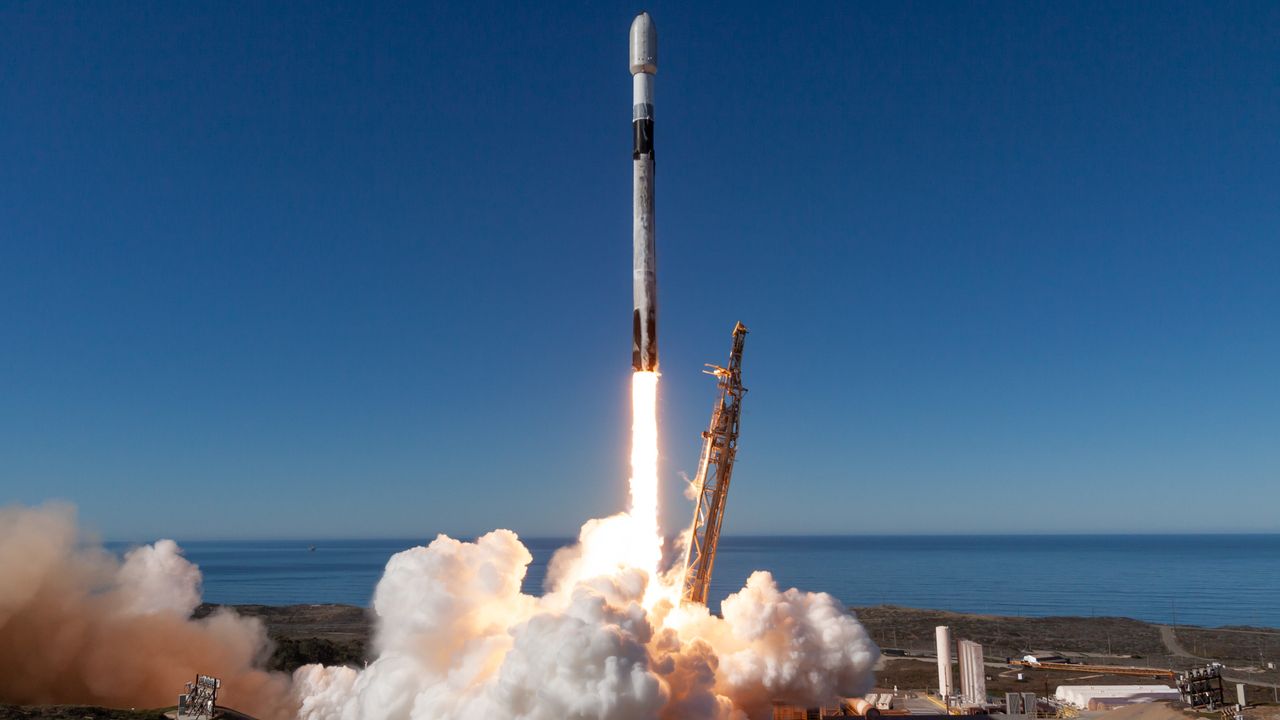James Webb telescope finds that galaxies in the early universe were much more chaotic than we thought
PositiveScience

Recent findings from the James Webb Space Telescope reveal that galaxies in the early universe were far more chaotic than previously believed. This discovery is significant as it reshapes our understanding of galactic evolution and the formation of the cosmos, highlighting the dynamic nature of the universe's early stages.
— Curated by the World Pulse Now AI Editorial System








